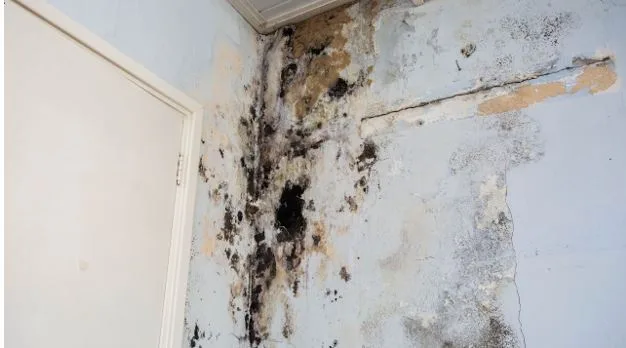Mold in Homes: Causes, Prevention, and When to Seek Mold Remediation
Understanding Mold in the Home
Most homeowners will deal with mold at some point. It shows up quietly, usually in damp corners or hidden behind walls, and by the time you notice it, it may already be spreading. Mold is a type of fungus that thrives in moisture. It can grow on drywall, wood, carpet, or almost any surface that stays damp for too long. Left alone, it damages your home and can even affect your health.
What Causes Mold Growth?
The number one reason mold develops indoors is excess moisture. Once water lingers, mold spores find a place to settle. A few of the most common causes include:
- Leaks and Plumbing Issues: A dripping pipe under the sink or a slow leak in the wall can create the perfect environment for mold.
- Roof or Gutter Problems: Water that sneaks in through damaged shingles or clogged gutters often ends up in attics and ceilings.
- Poor Ventilation: Bathrooms, kitchens, and laundry rooms that trap steam without proper airflow are regular trouble spots.
- Flooding or Storm Damage: After heavy rain or flooding, mold can appear within 24–48 hours if the area isn’t dried properly.
- High Indoor Humidity: Homes in humid climates often struggle with mold if the air isn’t kept dry with fans or dehumidifiers.
The Risks of Mold in Your Home
Mold isn’t just unpleasant to look at — it can cause real problems. On the health side, some people notice allergy-like symptoms: sneezing, coughing, or itchy eyes. For those with asthma or breathing issues, mold can make things worse.
Your home can take a hit, too. Mold breaks down wood, drywall, and insulation over time. If it’s not dealt with, repairs can get expensive. On top of that, mold discovered during a home inspection may reduce the property’s value or make it harder to sell.
Prevention Tips for Homeowners
The good news is that mold can often be prevented with regular care. A few practical steps include:
- Fix leaks as soon as you see them — even small drips matter.
- Clean gutters and make sure water drains away from your foundation.
- Run exhaust fans in bathrooms and kitchens to pull out extra humidity.
- Keep indoor humidity below 50% by using dehumidifiers or air conditioning.
- Dry wet areas quickly, whether it’s a soaked carpet or a damp basement.
- Check hidden areas, like under sinks or in the attic, a couple of times a year.
Mold Remediation and Mold Removal
When mold does appear, the size of the problem determines the solution. Small spots on tile or sealed surfaces can sometimes be handled with cleaning products. But if the growth is widespread, professional help is the safest option.
Mold remediation and mold removal go beyond wiping down visible spots. A professional will track down the source of the moisture, safely remove contaminated materials, and treat the area to prevent mold from returning. This approach not only clears what you can see but also deals with hidden spores that could spread again later.
Protecting Your Home and Health
Dealing with mold can feel overwhelming, but it helps to remember that most cases start small and are preventable. Keep your home dry, pay attention to ventilation, and handle leaks right away. If you do find mold, acting quickly — and calling in professionals when needed — makes all the difference. Protecting your home from mold protects your health and your investment at the same time.




